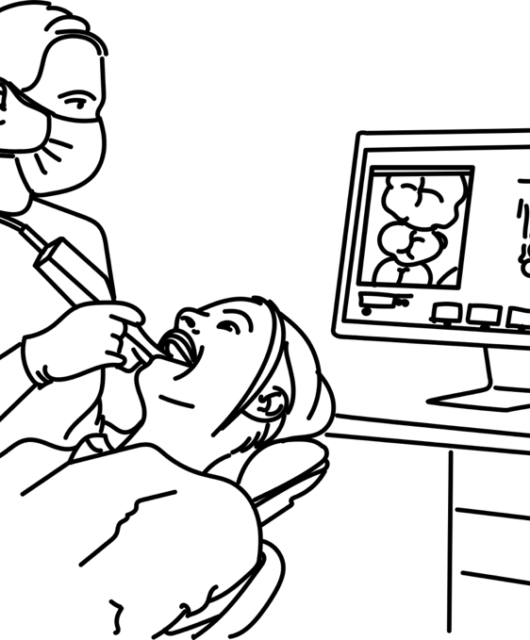Retrograde vs. Anterograde Amnesia

Do you, or someone you know, suffer from amnesia?
Suffering from amnesia can be very scary. After all, what could be more frightening than losing your memory?
To ease your fears and anxieties about amnesia, it’s important to know as much as you can about the disease. One of the most important things to know is that there are two main types of amnesia out there: retrograde amnesia and anterograde amnesia.
What’s the difference between these types of amnesia?
Check out this guide to find out.
Table of Contents
What is Amnesia?
Before we get into the difference between retrograde vs anterograde amnesia, let’s first discuss what amnesia is exactly.
In simple terms, amnesia is a type of memory loss. Some people suffer from a type of amnesia in which they can’t form new memories, whereas others suffer from a type of amnesia in which they can’t recall past experiences or certain facts.
However, people with amnesia usually retain their motor skills as well as knowledge of their own identity.
It’s also important to note that amnesia is different from mild memory loss. Mild memory loss is something we all deal with as we age, whereas amnesia is a much more severe, significant form of memory loss.
Retrograde Amnesia vs Anterograde Amnesia
Now that you know a bit about the basics of amnesia, let’s talk about retrograde vs anterograde amnesia.
Retrograde Amnesia
Retrograde amnesia occurs when you lose previously made or existing memories.
With this type of amnesia, your newest memories are usually affected first. Older memories, such as childhood memories, are usually affected at a slower rate.
Certain diseases, such as dementia, can cause retrograde amnesia. Other diseases and conditions that can cause retrograde amnesia include:
- Thiamine deficiency
- Traumatic brain injury (you can read more here about traumatic brain injuries and concussions)
- Encephalitis (inflammation of the brain due to a viral infection)
- Stroke
- Seizures
- Alzheimer’s disease
- Cardiac arrest
Retrograde amnesia can be diagnosed through an MRI scan or CT scan, blood tests, a neurological examination, a cognitive test, or an electroencephalogram, which checks for seizure activity.
Anterograde Amnesia
Anterograde amnesia, on the other hand, exists when you have the inability to form new memories.
The effect of anterograde amnesia can be temporary. For example, if you enter a blackout from drinking too much, you can experience anterograde amnesia. However, this type of amnesia can also be permanent.
If you’re a movie buff, you’ll recognize this type of amnesia from the movie 50 First Dates.
It’s generally agreed upon that this type of amnesia is caused by damage to the hippocampus, which is a section of your brain. This damage can be due to an injury, surgery, alcohol, or even a deficiency in thiamine. Studies show that those who take benzodiazepines (common ones are Xanax and Valium) can also suffer from anterograde amnesia.
Retrograde vs Anterograde Amnesia: Wrap Up
Now that you know the difference between retrograde and anterograde amnesia, you’ll have a better understanding of what you and your loved ones are up against.
If you liked this post, be sure to check back in with our blog for more health-related articles.









